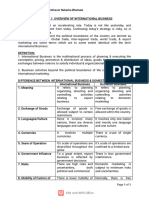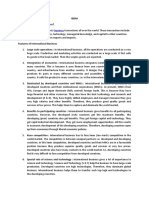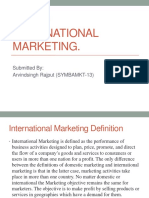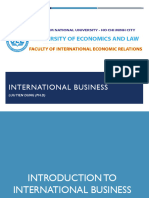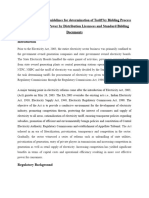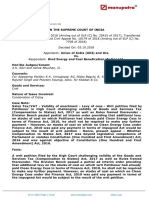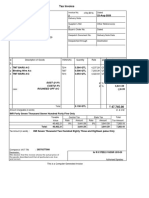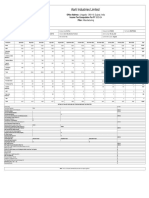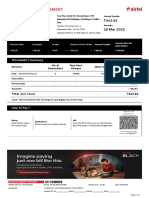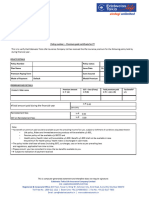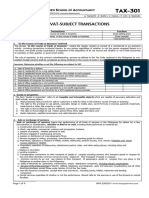0% found this document useful (0 votes)
24 views28 pagesGBM Notes 1 and 2 Unit
The document provides an overview of international business, defining it as the expansion of domestic business activities to foreign markets. It discusses various types of companies involved in internationalization, including domestic, multinational, global, and transnational corporations, along with their characteristics and strategies. Additionally, it covers trade barriers, including tariff and non-tariff measures, and outlines the importance of understanding foreign political, cultural, economic, and legal environments in international business operations.
Uploaded by
rajan adhanaCopyright
© © All Rights Reserved
We take content rights seriously. If you suspect this is your content, claim it here.
Available Formats
Download as PDF, TXT or read online on Scribd
0% found this document useful (0 votes)
24 views28 pagesGBM Notes 1 and 2 Unit
The document provides an overview of international business, defining it as the expansion of domestic business activities to foreign markets. It discusses various types of companies involved in internationalization, including domestic, multinational, global, and transnational corporations, along with their characteristics and strategies. Additionally, it covers trade barriers, including tariff and non-tariff measures, and outlines the importance of understanding foreign political, cultural, economic, and legal environments in international business operations.
Uploaded by
rajan adhanaCopyright
© © All Rights Reserved
We take content rights seriously. If you suspect this is your content, claim it here.
Available Formats
Download as PDF, TXT or read online on Scribd
/ 28
You might also like
- No ratings yet<!DOCTYPE HTML PUBLIC "-//W3C//DTD HTML 4.01 Transitional//EN" "http://www.w3.org/TR/html4/loose.dtd"> <HTML><HEAD><META HTTP-EQUIV="Content-Type" CONTENT="text/html; charset=iso-8859-1"> <TITLE>ERROR: The requested URL could not be retrieved</TITLE> <STYLE type="text/css"><!--BODY{background-color:#ffffff;font-family:verdana,sans-serif}PRE{font-family:sans-serif}--></STYLE> </HEAD><BODY> <H1>ERROR</H1> <H2>The requested URL could not be retrieved</H2> <HR noshade size="1px"> <P> While trying to process the request: <PRE> TEXT http://www.scribd.com/titlecleaner?title=International+Marketing.pdf HTTP/1.1 Host: www.scribd.com Proxy-Connection: keep-alive Accept: */* Origin: http://www.scribd.com X-CSRF-Token: 99b49d37cd6ea48c417003839ffcc5bb113e748b User-Agent: Mozilla/5.0 (Windows NT 6.1) AppleWebKit/537.22 (KHTML, like Gecko) Chrome/25.0.1364.29 Safari/537.22 X-Requested-With: XMLHttpRequest Referer: http://www.scribd.com/upload-document?archive_doc=18926113&meta250 pages



































